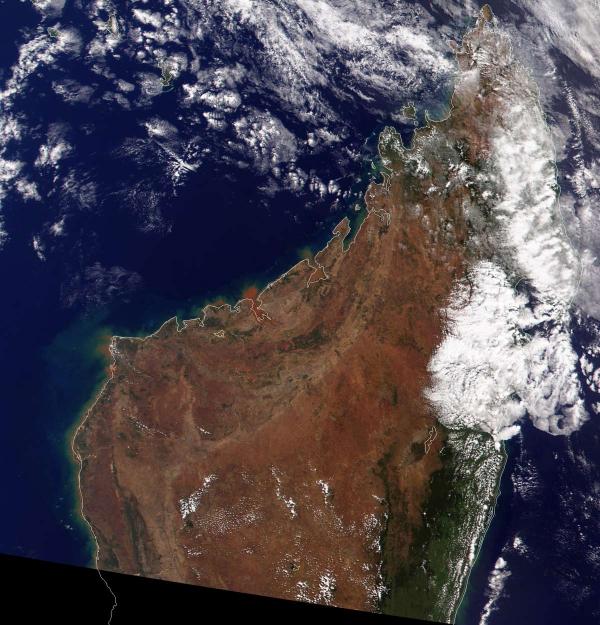Madagascar Rainforest, Everglades Added to Endagered Places List

Rainforests in Madagascar and Florida's Everglades National Park have been added to the list of World Heritage Sites in Danger by the World Heritage Committee, which is holding its annual meeting in Brasilia, Brazil.
It was announced yesterday that the Galapagos Islands were being removed from this danger list, against the recommendations of conservation groups.
The WHC, an independent inter-governmental body, designates important cultural and natural sites around the world. Its "danger list" focuses international attention and sometimes funding on particularly vulnerable areas.
The Rainforests of Atsinanana are critically important to the survival of Madagascar's unique biodiversity . Over 80 percent of species there are endemic and include rare and threatened lemurs. But since the 2009 political crisis, illegal logging of precious woods has drastically increased and lemur poaching for bushmeat, previously unheard of in Madagascar, is developing at a worrying rate, with a reduction in population density of 30 to 75 percent observed in some places.
"The ongoing illegal logging of precious woods in parts of Madagascar is of serious concern and is having serious impacts on endangered lemurs," said Tim Badman, Head of World Heritage at the International Union for Conservation of Nature (IUCN). "In adding this site to the Danger List, we are calling for international action to halt illegal logging and to also ensure that no illegally logged precious woods from Madagascar enter national markets."
Everglades National Park, a sanctuary for birds and reptiles and home to 20 rare, endangered and threatened species, has been added to the Danger List at the request of the United States.
It had previously been on this List from 1993 until 2007 because of the large amount of water diverted from the Park to nearby cities, which dried out the wetland habitats and caused a 90-percent drop in the population of wetland birds.
Get the world’s most fascinating discoveries delivered straight to your inbox.
"We commend the USA's request to re-inscribe the site on the Danger List, and its plans for major infrastructure overhaul to restore the Everglade's fragile wetland ecosystem," said Mariam Kenza Ali, IUCN World Heritage Conservation Officer. "It reflects the role of the World Heritage Convention in supporting restoration efforts for the wetland habitats."
The WHC will continue to announce newly added World Heritage Sites over the next several days, before its meeting concludes early next week. It is unknown whether any additional sites will be removed from its danger list.




